
Four years after placing a concrete mix made with ASTM C845 expansive hydraulic cement, West Virginia adds Type K shrinkage-compensating concrete made with Komponent® expansive cement additive to its bridge deck specification.
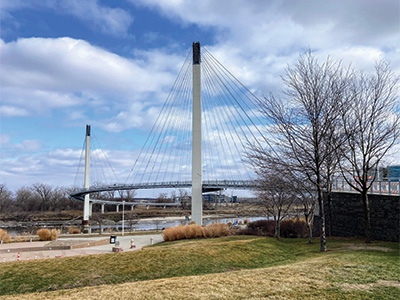
More stringent performance requirements combined with changes in type, quality, and availability of concreting materials is inspiring innovation, creativity, and collaboration. It is also renewing interest in materials with established, proven performance that offer solutions to today’s challenges. One of those experiencing an inspiring renaissance is Type K cement.
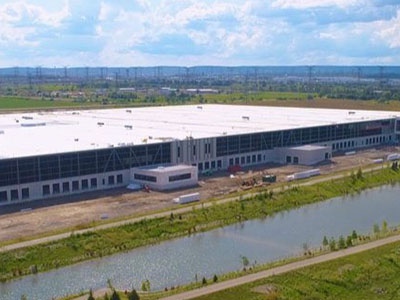
Extended joint spacing up to 165 ft. 6 in. (50.4m) in the main marshaling area and receiving areas were achieved using Type K shrinkage-compensating concrete with integral steel fiber reinforcement and Cosinus Slide armor joints.
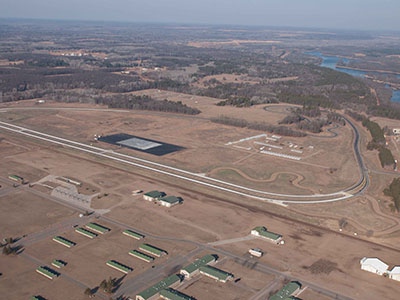
Engineering firms URS and Stantec received an Honor Award for their innovative way of designing pavement with minimal joints, no curling, no cracking, and no spalling. Komponent shrinkage-compensating concrete was used for the skid pad.
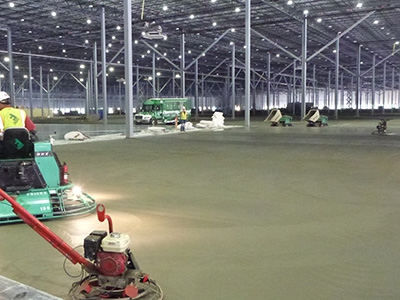
By using Type-K shrinkage-compensating concrete, 85% of joints were eliminated over 200,000 linear feet. Slabs were placed in 10,000-to-15,000-square-foot blocks; the only joints were construction joints 100 to 120 feet apart. Curling was eliminated at those joints, drastically reducing Lowe's forklift and floor maintenance.
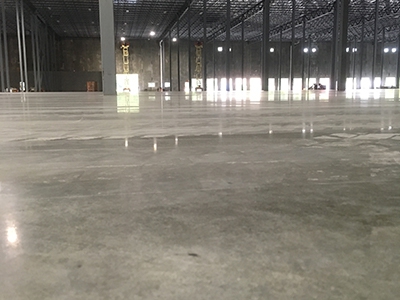
S+S Concrete Floors worked with Redi-Mix Companies and our Komponent team to develop a shrinkage-compensating Type K concrete mix design that would allow placement of 40,000-sq.-ft. slabs without a single control joint. With forklifts getting heavier, the project owner will benefit via lower maintenance repair costs.
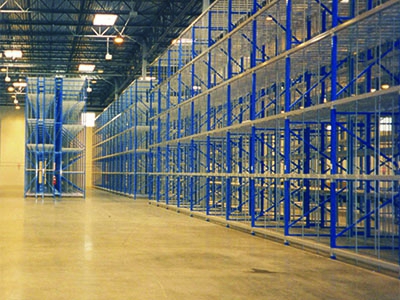
Toyota's Facilities Project Manager noted, "We felt that we optimized the value of the dollars we spent on our warehouse" using Type K Shrinkage-Compensating Concrete. Upon evaluation of savings in concrete maintenance alone, the facilities team reported an annual savings of over $10,000 using Type K Shrinkage-Compensating Concrete when compared to their other parts-warehousing locations.
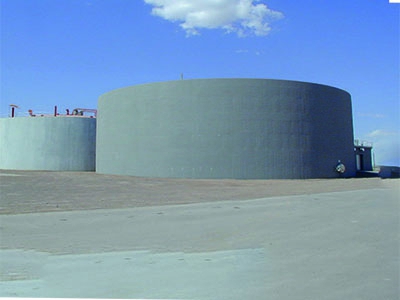
The concepts used to construct leak-proof tank farms can be adapted to other containment structures, such as truck loading/unloading stations, railroad loading and unloading stations, drum filling operations, and other areas where leaks or drippages are likely to occur. These environmentally safe state-of-the-art containment structures can be constructed due to the special characteristics of shrinkage compensating concrete made with Type K cement.
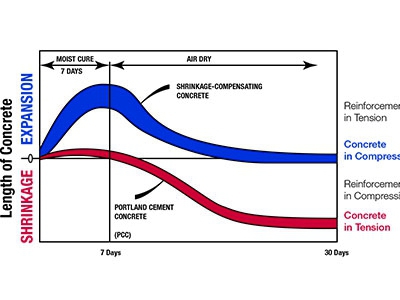
Today’s design, engineering, and construction professionals face a host of complex construction challenges. A vast majority of construction projects incorporate the use of concrete for its versatility, durability, and sustainability. This article discusses how Type K shrinkage-compensating cement improves the concrete by overcoming drying shrinkage cracking, reducing permeability, and improving sulfate resistance.
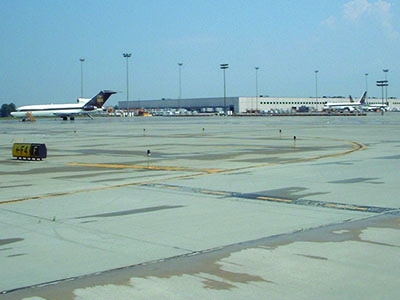
After 14 years of service, steel-fiber reinforced, post-tensioned, shrinkage-compensating concrete proves a cost-effective paving material for a joint-free airport taxiway. Product used was Type K shrinkage-compensating cement.
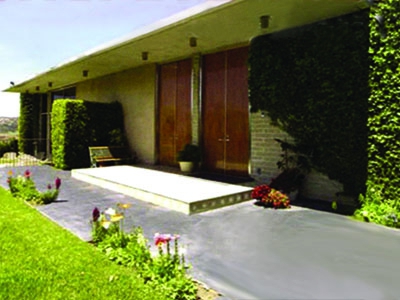
Southem California is said to have four distinct seasons: Summer, Wildfire, Landslide and Earthquake. So when Ed Rice built his home in 1963, he used all-concrete construction to ensure his family would enjoy comfort and yearround safety, withstanding the ravages of nature. Product used was Type K shrinkage-compensating cement.
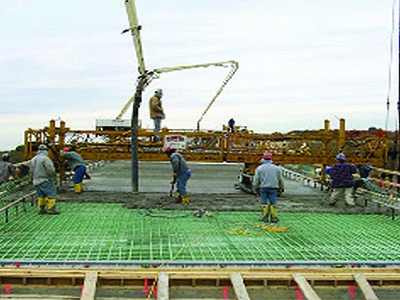
In 1968, the State of Ohio began testing Type K concrete in bridge decks with impressive results. In 1984, the Ohio Turnpike Commission began a program of bridge deck replacement; since 1985, all deck replacements have been performed with Type K concrete. In the years since, other states, including Indiana, Michigan, Ohio, and Pennsylvania, have also adopted the use of Type K cement in bridge decks.
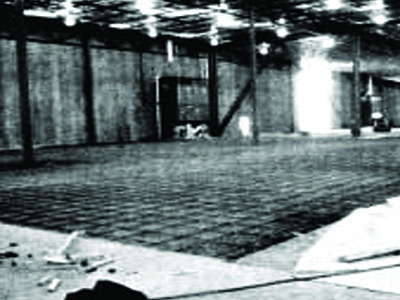
This article shares some unique features of the Gatorade facility’s floors, which are significantly different from typical bottling or warehouse facility floors. The final design of the floors specified over 415,000 ft. (38,000 m2), most of which were of shrinkage-compensating concrete. Product used was Type K shrinkage-compensating cement.
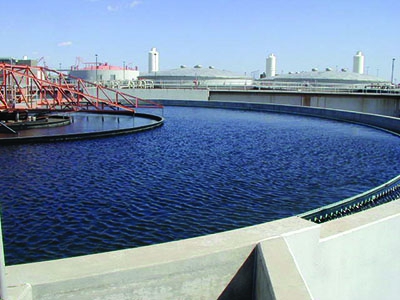
Specified by consulting engineering firm Crawford Murphy & Tilly (CMT), Type K shrinkage-compensating concrete was used for the Springfield Wastewater Treatment Facility Expansion in Springfield, Illinois, USA to mitigate shrinkage-related cracks.
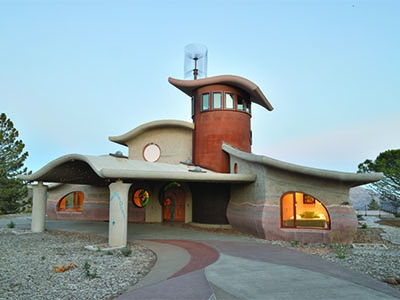
This 4,435-square-foot house, which sits on the Majestic mine claim of the 1870s gold rush in Julian, was built with 5 feet of polystyrene foam, covered by 8 inches of concrete. Product used was Type K shrinkage-compensating cement.
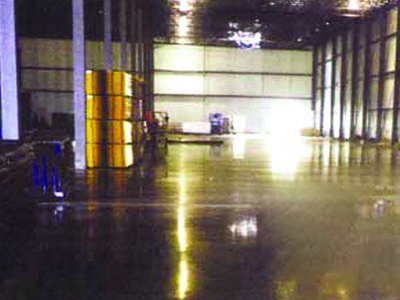
This industrial slab was designed to reduce floor joints and cracks. The owner’s receptiveness to innovation and high expectations translated into a finished industrial slab that is flat and durable at the center of the slab and at the joints. These innovative products and attention to detail reduces future maintenance and repair costs for the slabs and equipment they carry for the life of the distribution facility. Product used was Type K shrinkage-compensating cement.

There are virtually no cracks in more than 420,000 ft2 (39,000 m2) of slab. Further, the concrete frame was bid and constructed under budget and completed 42 days ahead of schedule. Because the slab was originally bid with pour strips and then re-bid with
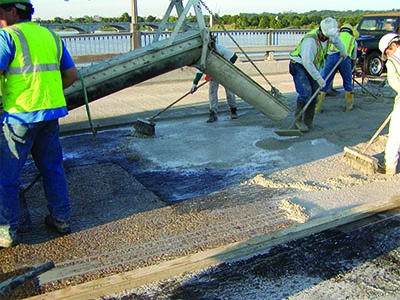
The cement used in concrete can have a lasting impact on the life span of new concrete bridge decks. Learn how Type K cement for new bridge construction and rapid hardening cement for repairs and new overlays can help extend the useful life cycle of concrete bridge decks.
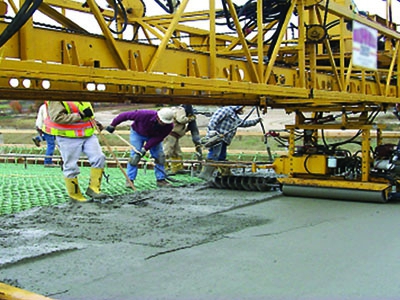
Special cements allow for quicker, long-lasting concrete bridge and deck repairs.
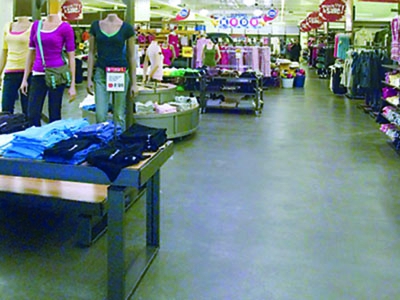
Type K negates the stresses induced by shrinkage, it can prevent cracks, achieving a jointless floor that performs better and saves money for building owners over a long service life. Product used was Type K shrinkage compensating cement.
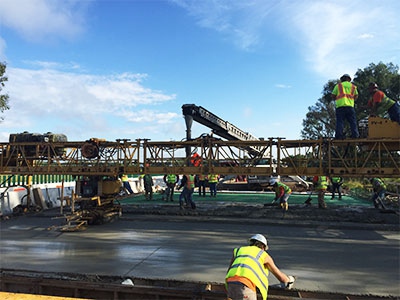
After 20 years in service, six Type K cement bridge decks constructed in the early 1990s have proven their exceptional durability and crack mitigation performance. Shrinkage compensating concrete bridge decks are very low cost to maintain due to no deck delaminations, spalls or steel corrosion.
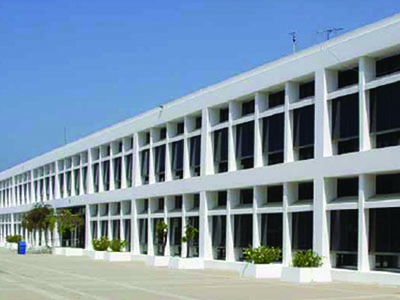
This is the first of a two-part article with case studies of four projects that show the effective use of shrinkage-compensating concrete to mitigate restraint-to-shortening (RTS) cracking in post-tensioned concrete buildings. Product used was Type K shrinkage-compensating cement.
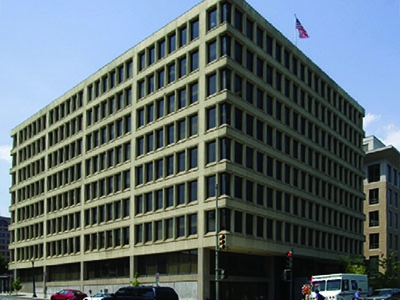
Forty years after completion, a post-tensioned shrinkage-compensating concrete mat foundation is still solid and watertight. Product used was Type K shrinkage-compensating cement.

Wider use of proven technologies that eliminate or reduce concrete cracking in old or new decks can reduce the billions of dollars spent annually in the United States on repair or replacement of bridge decks damaged by chloride-induced corrosion. Products used include Type K shrinkage-compensating cement and RSLMC.

For Teng Li of Teng Li & Associates, the challenge at John Wayne Airport was not only to avoid unsightly cracks and the maintenance issues they cause. He wanted to reduce the residual stresses already built up in the existing structures. After considering several options, he concluded shrinkage-compensating concrete was the best approach for addressing both the issues of cracking and stress build-up. Product used was Type K shrinkage-compensating cement.

More than ten years later the Roberto R. Bustamante Waste Water Treatment Plant (WWTP) and the Jonathon W. Rogers Water Treatment Plant (WTP) are still crack free and leak free. Product used was Type K shrinkage-compensating cement.

Eliminating joints in runways and taxiways has long been an objective of the Federal Aviation Administration (FAA). Joints are usually the locus of spalling, which not only causes bumpy rides but also creates a hazardous situation: Loose concrete fragments can get sucked into jet engine intakes. In its desire to overcome these challenges, the FAA installed one of the most unusual concrete slabs in the world at an Illinois airport. The post-tensioned pavement made with Type K shrinkage-compensating cement with steel fibers is 75 feet wide and 1,200 feet long -- with no joints cut into it.